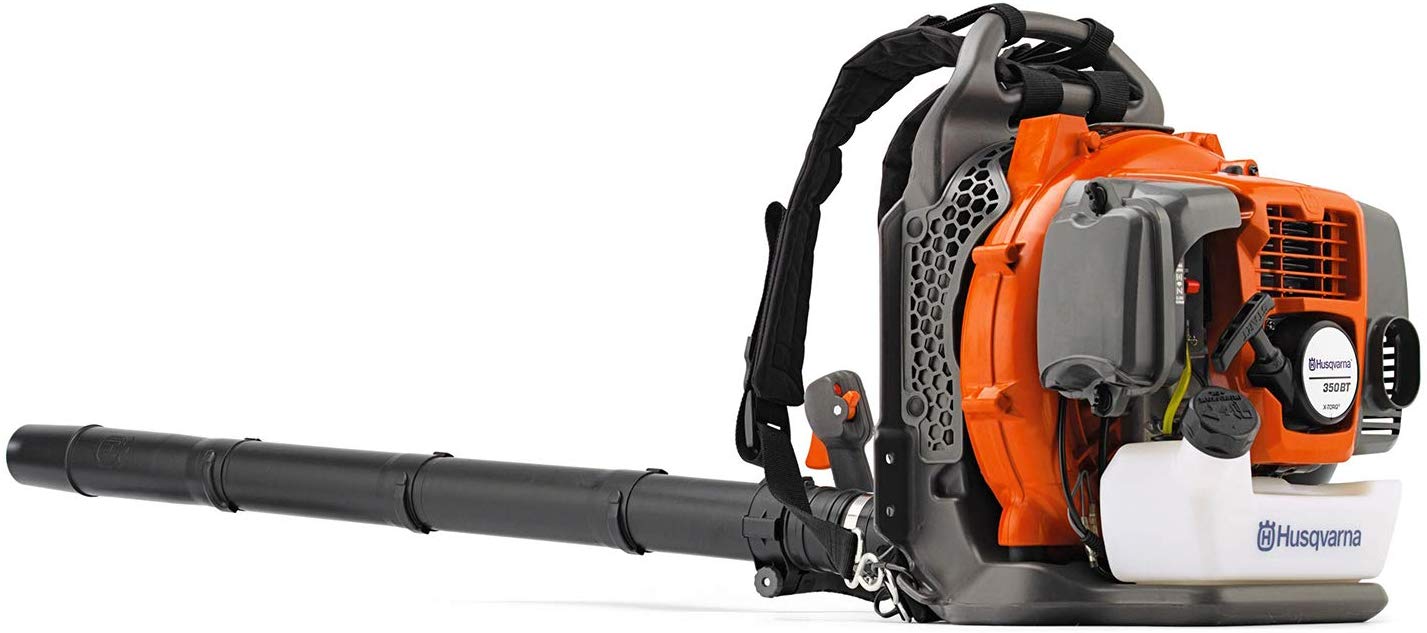Utilizing an electric- or gas-powered leaf blower, really lessens amount of time and effort it takes to get rid of leaves and debris from your yard. This annual autumn lawn maintenance ritual cleans up your yard, preserves your curb appeal, and helps your grass stay healthy.  Fall is the time for football, and pumpkin pies. And leaves. Lots and lots of leaves. So your choice is a whether leaf blower or perhaps a traditional rake, and the blisters that come with it. For individuals who desire to work smarter not harder, here really are a few tips from the experts before getting started.
Fall is the time for football, and pumpkin pies. And leaves. Lots and lots of leaves. So your choice is a whether leaf blower or perhaps a traditional rake, and the blisters that come with it. For individuals who desire to work smarter not harder, here really are a few tips from the experts before getting started.
**See the Husqvarna 965877502 Backpack Blower on Amazon**
Safety First
Small sticks, leaves, grit, and other debris can quickly be blown into your eyes, so remember to wear safety goggles or glasses when employing a leaf blower. Some models can generate between 70 and 75 decibels, that is not merely annoyingly loud, but could damage hearing if ear protection isn’t used. Try earmuffs or soft foam plugs, both work well.
As with many landscaping type jobs, long pants, a long-sleeved shirt, and a good pair of gloves will protect you from dirt, cuts, and hopefully poison ivy. Never aim the leaf blower toward people or pets, except maybe cats (just kidding).
When to utilize your leaf blower to assure the best results
Wet leaves are near impossible to blow, so select the calmest, driest day possible. Some local ordinances limit the operation of power tools to certain hours, so check the principles for the city before employing a noisy leaf blower early morning or late in the evening. Common courtesy if the next-door neighbors are entertaining or hanging out outdoors ought to be used.
What to blow?
Other than fallen leaves leaf blowers may also:
Remove light snow from the walkway or car.
Cleanup cobwebs from garage corners or rafters.
Get rid of lint buildup in a dryer vents.
Scatter water puddles that pool in the low spots on your own driveway.
Plan an attack
Don’t fight the wind, try and use it as opposed to against it. Start at the edges, especially near shrubs and trees, and blow toward the midst of your lawn. Break it up into small workable sections. Move debris into several piles as opposed to wanting to blow it all in one end to the other.
Utilizing an old sheet or plastic tarp causes it to be a breeze to move everything in the event that you when you just need to get it to the curb for pickup. But if they must be placed in bags, you’ll probably have to forget the tarp and stuff the bags by hand. Make use of a rake to clean up any stray bits. If your blower has a vacuum mode, it will accelerate the process.
